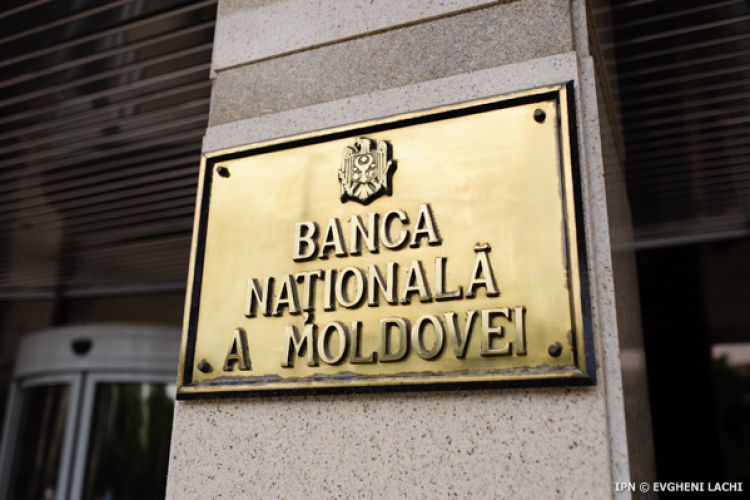
The annual inflation rate will continue its downward trend in the next period, which is mainly determined by the disinflationary pressures associated with aggregate demand and lower prices for oil products and raw materials on international market. At the same time, these pressures will be mitigated by weather conditions and the adjustment of the value of the national currency against the main reference currencies. The impact of possible distortions of distribution channels and supply remains uncertain, says Inflation Report No. 2 that was approved by the Executive Board of the National Bank of Moldova, IPN reports.
According to a press release of the NBM, starting with the first forecasting quarter, the annual inflation rate will continue to decline until the end of this year to a minimum level of 3.5 percent in the fourth quarter of 2020 and the first quarter of 2021. Subsequently, it will increase slightly in the second quarter of 2021 to a maximum level of 4.6 percent, after which it will decrease again.
The report shows the annual inflation rate in the first quarter of 2020 started a downward trend, declining from 7.5 percent in December 2019 to 5.9 percent in March 2020 following the diminution of the contributions of the basic inflation and food prices.
The first quarter of 2020 turned out to be unfavorable for the world economy owing to the COVID-19 pandemic.
The pronounced tempering of economic growth was caused, according to expectations, by the much more modest evolution of the domestic demand, consumption and investment. The dynamics of exports had a more modest impact amid the poor performance of agriculture. The constructions, which made an important contribution to economic growth the previous periods, generated a marginal impact towards the end of the previous year.
The transport sector saw positive dynamics in the period. Positive signals concerning economic activity were transmitted by the evolution of domestic trade. Similarly, agricultural production witnessed positive dynamics in January-March 2020.
The main labor market indicators continued to follow a downward trend last yearend. The economically active and working population declined compared with the fourth quarter of 2018. The unemployment rate in the fourth quarter of 2019 was higher than in the corresponding period of 2018. In connection with the COVID-19 pandemic and its impact on economic activity, the number of working people will decrease in the immediate period and the unemployment rate will be more pronounced.
The most profound world economic crisis in the last century is forecast for 2020. In 2021 the global economy is expected to recover, but not up to the level reached before the crisis.
The annual rise in food prices, even if it will decrease considerably in the first forecasting quarter, will remain at a relatively high level in the second quarter of 2021, declining towards the end of the forecasting horizon. Fuel prices will fall significantly in 2020 and at the start of next year, but will then increase relatively constantly.
The report was developed based on the evolution of the economy in the Republic of Moldova and globally, recent macroeconomic information about internal and external developments and reflects the dynamics of inflation. The report presents also the medium-term inflation forecast and the monetary policy decisions.


